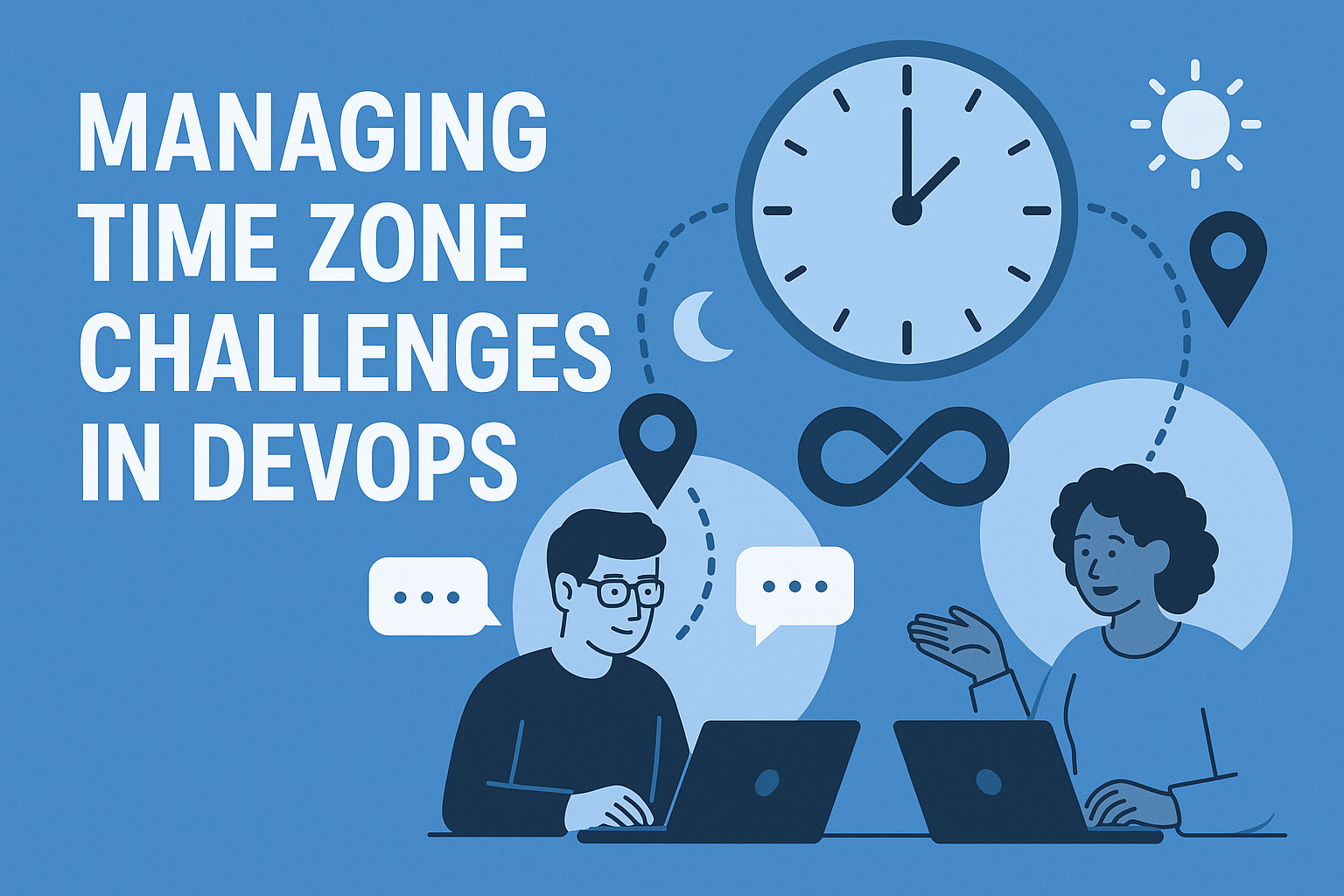DevOps thrives on speed, collaboration, and reliability—but throw in a few time zones, and suddenly even a simple deployment needs choreography. The solution? Designing around the sun, not against it.
Why Time Zones Break DevOps Flow
DevOps depends on continuous integration, monitoring, and rapid incident response. In distributed setups, delays creep in when teams wait for others to wake up, respond, or approve:
Pipeline Pauses due to lack of handoff clarity.
Incident Response Delays when on-call engineers aren’t aligned globally.
Misaligned Deployments when builds happen outside team availability windows.
The issue isn’t just clocks—it’s coordination.
Building a Follow-the-Sun Model
To beat time zone gaps, create workflows that move work forward as the sun rises across teams:
Handover Documentation: Use structured handoff notes for build statuses, pending issues, or release readiness.
CI/CD Visibility: Keep deployment pipelines, logs, and test coverage fully Tools like Jenkins, CircleCI, or GitLab CI should be accessible and self-explanatory.
Shift-based Monitoring: Assign region-specific teams to take turns handling monitoring and alert triage across 24 hours.
Use automation to reduce human dependency. A well-automated pipeline doesn’t sleep—and neither should visibility.
Coordinating Deployments Across Zones
Not all changes are equal, and neither are team schedules:
Deployment Windows: Define ―safe windows‖ based on majority availability or customer impact zones.
Rollback Plans: Automate rollback processes so they don’t rely on one region’s team.
Staging Environments per Region: Allow regional teams to test independently before pushing to global production.
Time zone-aware tooling matters. Use tools like PagerDuty, Opsgenie, or Slack integrations to ensure alerts and updates reach the right people at the right time.
Communication & Ownership Culture
Without proximity, clarity becomes currency:
Global Status Channels: Maintain a real-time update feed for builds, incidents, and fixes.
Explicit Ownership: Tag work not just by team but by region-specific owners.
Async Briefs: End-of-day updates should become end-of-sprint habits—short, clear, and documented.
Trust across time zones is built when teams know what’s expected, what’s pending, and who owns what.
Conclusion
Time zones don’t kill DevOps—poor coordination does. The solution isn’t more overlap but more intentional workflows, automation, and shared visibility. When you align tools, teams, and trust across time, DevOps doesn’t just survive—it scales.





